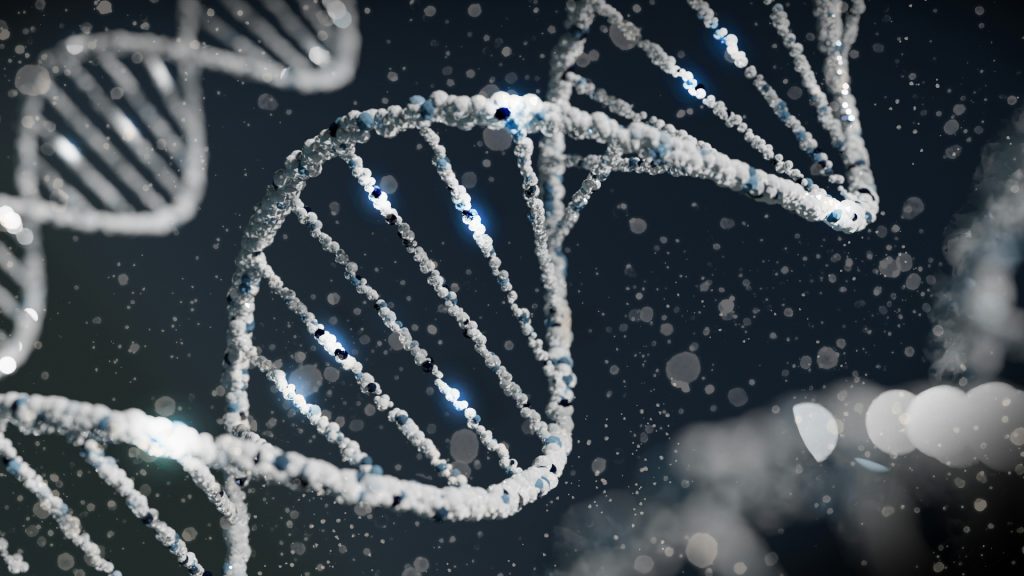CRISPR is one of the most revolutionary scientific breakthroughs of the 21st century. This gene-editing technology allows scientists to cut, modify, or replace sections of DNA with unprecedented precision.
The tool is based on a natural immune defense found in bacteria. When viruses attack, bacteria use CRISPR to recognize and destroy the invader’s DNA. Scientists have adapted this process using a protein called Cas9, allowing precise edits in human, plant, and animal genes.
CRISPR is already being used to fight genetic diseases like sickle cell anemia and inherited blindness. It also holds promise for cancer treatment, crop improvement, and even climate change resilience by engineering drought-resistant plants.
However, CRISPR raises important ethical questions. Should we edit human embryos? How do we prevent misuse? Global debates continue as the technology advances.
Despite the concerns, CRISPR is transforming biology. It may not just treat disease—it could eliminate genetic disorders altogether, changing medicine forever.



